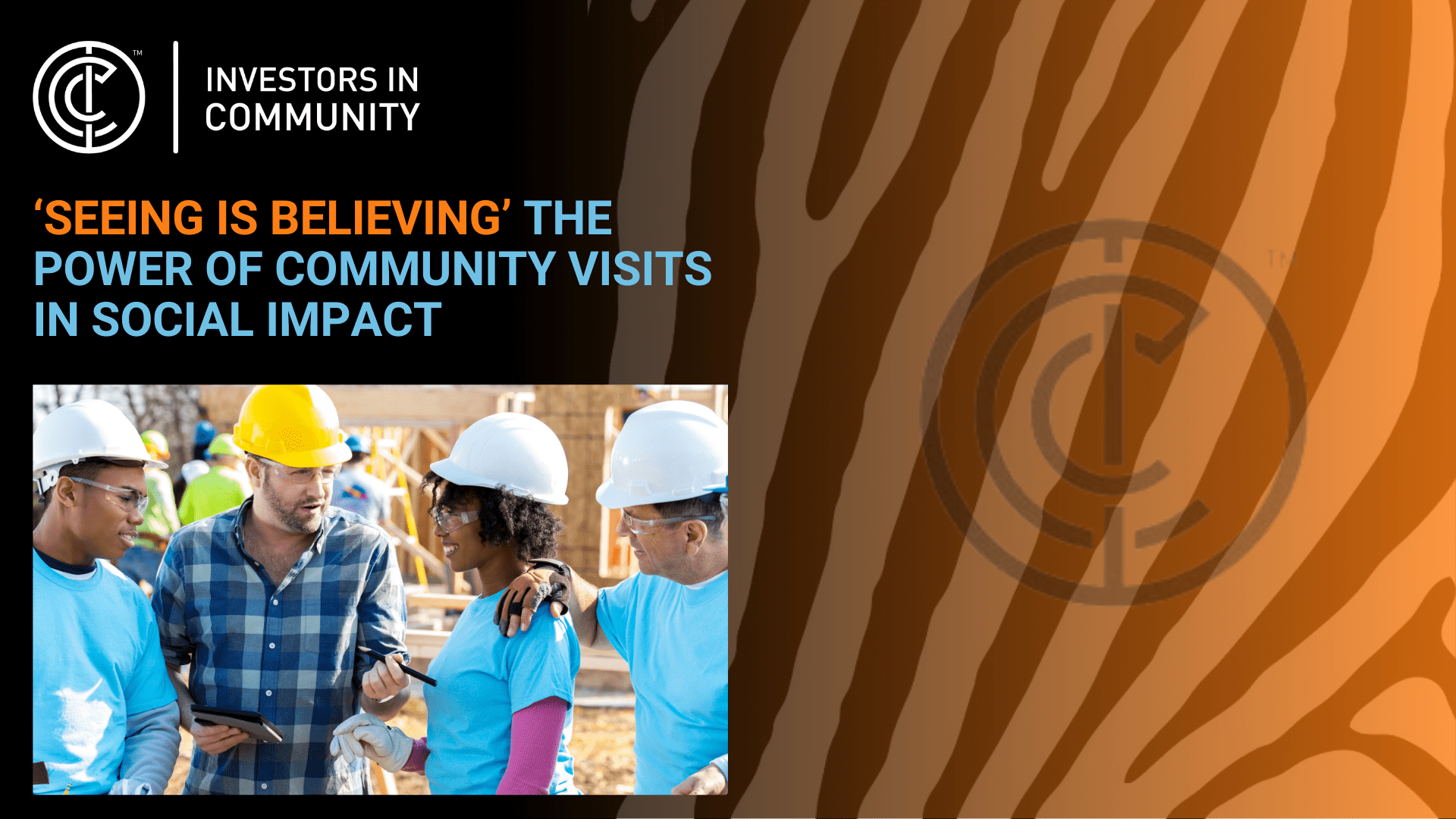
May 10, 2021
Is there Humanity in the “Thousand Year Decade”? – By Philip Webb
As we approach 2020, some theorists and futurists believe that this next decade will be known as the “Thousand Year Decade.” As innovation, technology and social impact changes will be so great, as to equal the same advances in the previous thousand years of human evolution on this planet.
Advances in medicine, technology, AI, nano-tech, computing power, and above all, access to these to the ordinary citizen, will provide such changes as to render the previous decade the same way that we view the Dark Ages. With this blistering pace of change, it worries me that the disconnect between the technology “elitists” and the people in our community will reach breaking point. We already see the post code lottery of social and medical support, and the rift between the wealthy and poorer parts of our society, causing unrest and social upheaval. If we view the former strides forwards in humankind’s ability to shape the world, then we may become excited and energised by the potential; but through the lenses of social commentary we may feel less confident of our ability to bring our communities with us on that journey. Maintaining our communities, our sense of values for the ordinary person, or those who are disadvantaged by this “1000 years of progress”, is not just essential to our success as a species, it is critical.
In scrolling through LINKEDIN, I am surprised and enthused by the number of people who describe their job roles as “CSR”, “Responsible Business Leaders”, “Community Liaison”, or in some way linked to the desire to maintain or increase community connections. We have 167,000 charities in the UK alone, and many thousands more of “Social Enterprises”, and then hundreds of thousands more of “Community Groups.” I see businesses and individuals, who aspire to help in some way, through cash donations, volunteering of their staff’s time, and gifting at all levels of products and services. Yet nowhere do I see a strategy, a joined-up thinking approach to this dilemma, of how do we efficiently connect those who give, with those who need help?
Of course, there are organisations who perform some of these functions. Charity fundraisers, who connect with companies and try to elicit a long-term relationship. But this just adds cost to the charity, as does a team of people within businesses, who manually connect their business to the community. We have fundraising platforms various, who provide a conduit to individuals who want to give money, but then both they and the charities are charged for the privilege. There are volunteering platforms and organisations, who exist to find opportunities for company staff to offer free time, but again, they charge either the company or the charity. So, to cover the costs of this giving, we need to think about who gives, and who benefits.
It has become clear in the last 24 months, that many aspiring and forward-thinking businesses, have identified the need to align themselves as “socially responsible”. They understand the values of giving as a means to attract and retain staff, reach out to their customers with values-based positioning, and conclude that “Giving is the New Marketing.” Consumers and Customers are attracted to those who demonstrate the qualities of giving and supporting those less fortunate, or supporting a cause that has meaning.
Once in a while, in our history of progress, we find solutions to problems that disrupt the current markets, providing simple, yet effective, answers to guide us forwards. In 2019, we have such a disrupter:
Investors In Community has just been announced to the market.
Investors In Community (IIC) quite simply takes the needs of the charities, not for profits, and community groups, and provides a service, to broker cash donations, volunteering, and gifting, completely free of all costs and charges.
IIC takes the needs of businesses, to create an efficient and effective way to give, and show their values in the community, in such as way as to save them money, reducing internal costs, and providing a platform upon which to showcase their efforts. And it puts these two models together, in an eloquent and neat way.
Businesses join as members. They pay a nominal annual fee to use the sophisticated platform, reducing their internal costs, showcasing their efforts and amplifying their giving. Good causes of all genres, join and pitch for help, free of any and all costs, due to the support from business membership. It’s a win-win.
I’m hearing comments from businesses, who say, “Why wouldn’t you?”
I listen to Millennials, who say, “Finally.”
I receive comments from the good causes, who say, “Brilliant.”
Above all, I hear the comment: “Why hasn’t this been done before?”
So, as we embrace the innovation, the changes to our working and living world in the decade ahead, let us not forget the people, the ordinary citizens, our vulnerable and deserving.
Join Investors In Community, it’s easy to do, and requires just one decision.









